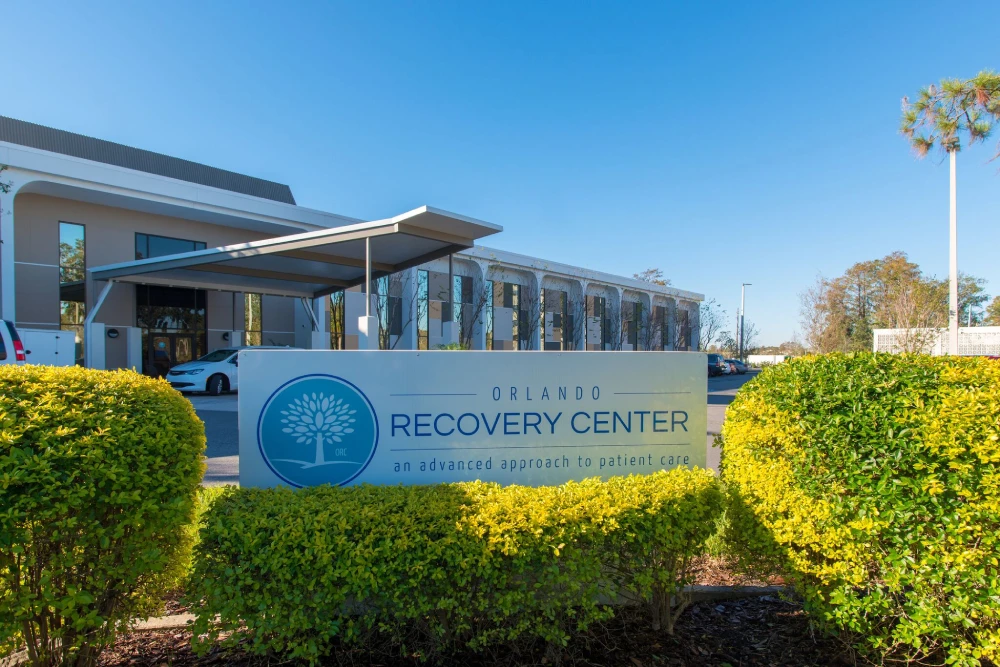Whatever one’s reasons for quitting, an oxycodone taper schedule can bring someone one step closer to permanent recovery.
Oxycodone is a common drug prescribed to treat severe pain, which can be chronic in some cases. Over time, your brain can adapt to the presence of oxycodone, making it difficult to quit the drug without rebound withdrawal symptoms when you try to stop. One solution is an oxycodone taper, in which your oxycodone dose is slowly reduced over time. An oxycodone taper can help you avoid or minimize withdrawal symptoms when stopping the drug.
Tapering off Oxycodone
Tapering or slowly reducing your oxycodone dose can help you minimize withdrawal symptoms that would otherwise occur if you tried to quit the drug cold turkey. Withdrawal symptoms are highly uncomfortable and can lead some people to resume oxycodone use to avoid experiencing them. Common oxycodone withdrawal symptoms include:
- Sweating
- Watery eyes
- Runny nose
- Headaches
- Nausea and vomiting
- Goosebumps
- Muscle aches
- Diarrhea
- Insomnia
- Abdominal cramping
- Anxiety
- Agitation
How to Taper off Oxycodone
Those using oxycodone and their families may be contemplating quitting oxycodone cold turkey, which increases the risk of withdrawal symptoms. Generally, physicians will err on the side of tapers, which are easier to manage, monitor and adjust if necessary. Experts recommend:
- Reducing the dose by 10% per month if the person has been taking oxycodone for more than a year
- Reducing the dose by 10% per week if the person has been taking oxycodone for less than a year
Whenever withdrawal symptoms present themselves, this usually indicates that the taper is too quick. Fortunately, this can be managed by pausing or slowing the rate of the taper.
Tapering off oxycodone can take months. Seasoned medical staff at a rehabilitation center will make the process more straightforward, structured, safe and ultimately, easier for oxycodone users looking to make a change.
Types of Oxycodone Opioids Tapering Methods
Some different tapering methods include direct, substitute and titration. Legal prescription drugs like oxycodone are recommended for direct tapers by the Centers for Disease Control and Prevention (CDC).
Direct Tapering
In a direct taper, the oxycodone dose slowly decreases over time. The CDC recommends direct tapers for prescription opioids like oxycodone. Specifically, the dose should be reduced by 10% a month if you have taken oxycodone for a year or more or reduced by 10% a week if you have taken oxycodone for less than a year.
Substitute Tapering
Substitute tapering is often used when the person is taking an illegal opioid like heroin. The illegal drug is first converted to a legal substance that can be prescribed by a doctor, like methadone. The dose of that drug is then slowly reduced over time, similar to a direct taper. Substitute tapers are used because doctors can’t prescribe illegal drugs, and the potency of illicit substances can differ.
Titration Tapering
Experts do not recommend titration tapering. In titration tapering, you attempt to dissolve a drug in water to dilute it and then try to take progressively smaller amounts daily to taper it slowly. However, titration tapering is very dangerous because not all drugs are soluble in water, and inaccurate measurements can lead to overdose. For this reason, titration tapering should not be attempted with oxycodone, which does not completely dissolve in water.
Why Consider Tapering vs. Stop Oxycodone Cold Turkey?
Stopping oxycodone cold turkey is not recommended due to the risk of severe withdrawal symptoms, which can lead to relapse and complications like dehydration. Tapering is a safer method of stopping oxycodone and can help support your goal of quitting oxycodone, slowly easing you off the drug.
Common Oxycodone Withdrawal Symptoms
Oxycodone withdrawal symptoms are common in those who take the drug regularly and attempt cold turkey withdrawal. Symptoms include:
- Muscle pain
- Runny nose and eyes
- Enlarged pupils
- Goosebumps
- Trouble sleeping
- Sweating
- Yawning
- Abdominal cramps
- Nausea and vomiting
- Diarrhea
- Agitation
- Anxiety
Side Effects of Oxycodone Tapering
Tapering oxycodone eases and avoids withdrawal side effects, especially compared to the withdrawal risks of quitting oxycodone cold turkey. Because the entire point of a taper is to minimize withdrawal effects, pausing or slowing an oxycodone taper if withdrawal symptoms occur is recommended.
Oxycodone Withdrawal Timeline
Withdrawal symptoms can have different timelines depending on whether you take a short or a long-acting opioid. Oxycodone is available in both forms. As a short-acting agent, oxycodone is available on its own and in combination with acetaminophen (Percocet). As a long-acting drug, oxycodone is available alone (OxyContin).
- Short-acting oxycodone (Percocet): Withdrawal symptoms start within 12 hours of the last oxycodone dose, peak within 24–48 hours and subside over three to five days.
- Long-acting oxycodone (OxyContin): Withdrawal symptoms start within 30 hours of the last dose, may peak within three to eight days and can last around 10 days but may last several weeks.
Prolonged withdrawal symptoms, potentially lasting a few additional months, are also possible regardless of dosage form, including:
- Anxiety
- Depression
- Insomnia
- Concentration problems
Medications Used When Tapering off Opioids
Sometimes doctors prescribe medications to facilitate tapering an opioid. Often, this is part of medication-assisted treatment (MAT), in which medications may be prescribed to help ease withdrawal symptoms. In turn, MAT can help prevent relapse, helping keep you sober. In some cases, MAT may even be continued over the long term to help you stay sober.
Methadone
Methadone is a first-line medication prescribed to prevent and treat opioid withdrawal symptoms. In a substitute taper, oxycodone may be first converted to methadone, which may then be slowly tapered.
Buprenorphine (Sublocade, Suboxone)
Buprenorphine is an alternative to methadone and is frequently prescribed to prevent and treat opioid withdrawal symptoms. Buprenorphine comes in oral dosage forms (Suboxone, a combination medication with naloxone) and injectable (Sublocade) dosage forms. In a substitute taper, oxycodone may be first converted to buprenorphine, which may then be slowly tapered.
Naloxone (Narcan)
Naloxone is rarely used on its own during tapering. This is because naloxone blocks opioid receptors in the brain, which would otherwise trigger withdrawal symptoms. However, naloxone is a component in the combination drug Suboxone, which can treat opioid withdrawal. In addition, your doctor may prescribe naloxone after your taper is complete to help you avoid an overdose if you have a lapse or relapse.
Naltrexone (Vivitrol)
Similarly to naloxone, naltrexone is an opioid blocker rarely used during tapering because it can trigger withdrawal symptoms. However, the drug may be prescribed after the taper is complete to help you avoid relapse. Although not considered a first-line drug, naltrexone is available as an alternative to methadone and buprenorphine for people who need an alternative medication.
Can Tapering Your Oxycodone Intake Reduce Withdrawal Symptoms?
Tapering is specifically designed to reduce or eliminate withdrawal symptoms. By slowly reducing your oxycodone dose over time, you allow your body to get used to progressively lower oxycodone doses, avoiding a sudden withdrawal syndrome.
How The Recovery Village Uses Oxycodone Tapering
At The Recovery Village, we recognize that a successful medical detox gently eases you off oxycodone, setting you up for success as you continue your oxycodone recovery through rehab. As such, if medically appropriate, we may taper your oxycodone or convert you to a MAT medication like buprenorphine. We are committed to helping you achieve sobriety and stay with you every step of the way on your road to recovery. Don’t wait; contact us today to learn more.
















